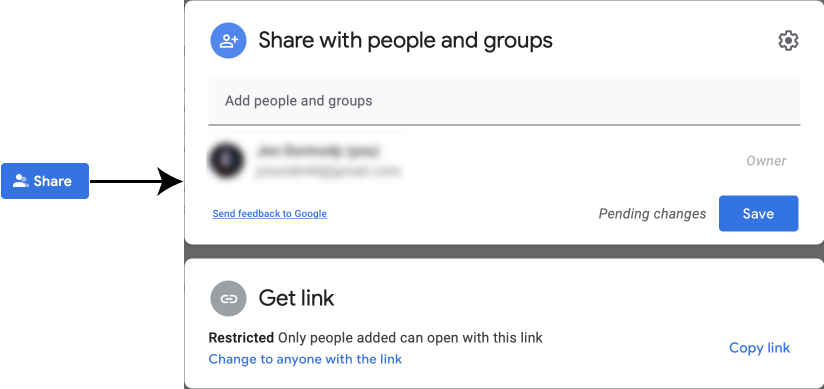

Now you have all the detailed steps to enable/disable Google Drive changed event notifications for your drive account and application. See below the sample credentials file - sample-gdrive-notifications.json: This auth token is required to connect to your GCP project and authenticate API calls. The key credential file is used to generate the GCP auth token. NNavigate to Cloud IAM and create a service account with the required roles and permissions to generate a credentials file. This is the basic step one needs to follow while working on any GCP feature. Sample Workflow to set up Google Drive notifications and publishing to Pub/Sub for processing Step 1: Creating a service account in GCP Let’s see how you can set up the push notifications for the change mentioned above events with the following simple steps and sample workflow: name change etc.) of file/folder/shared drive Google Drive APIs supports the following change logs:Ĭhanges in contents of each file within a folder/shared driveĬhanges in metadata (i.e. Using Google Drive API, you can watch any of these changes in Google Drive resources, like Google Sheets, Google Docs, etc. Traditionally, if anyone wanted to monitor changes made in file contents or file meta-data, or if any new files had to be added or existing to be deleted, the only option was polling the resources on Google Drive at regular intervals that come with extra network and computed costs.īut don’t worry, GCP has come up with a better solution for this through one of its offerings - Google Drive APIs. Let us explore how these can be achieved for different source systems, i.e., Google Drive. In my last post, we learned how to configure pub/sub notifications/triggers for Google Cloud storage events. Our expertise in multiple clouds and mapping the correct tech-stack to the business problems has helped our customers expedite their cloud adoption.

Find out how to get object change notifications in Google Drive and send notifications as messages to Pub/Sub topicĪt Clairvoyant, we have been working with GCP (Google Cloud Platform) to solve unique use-cases for several of our customers.


 0 kommentar(er)
0 kommentar(er)
